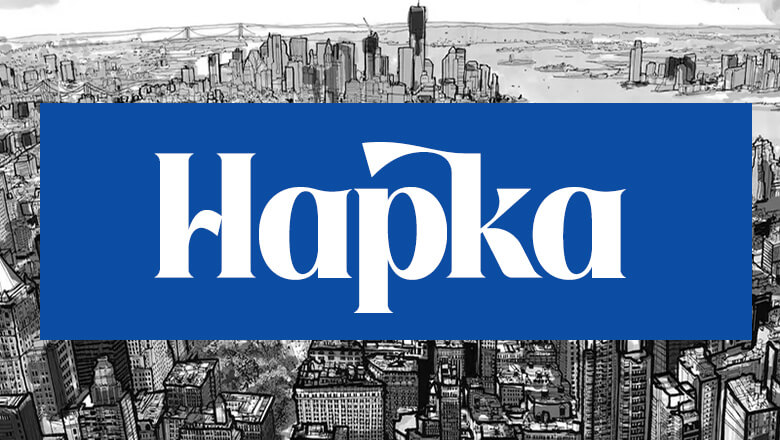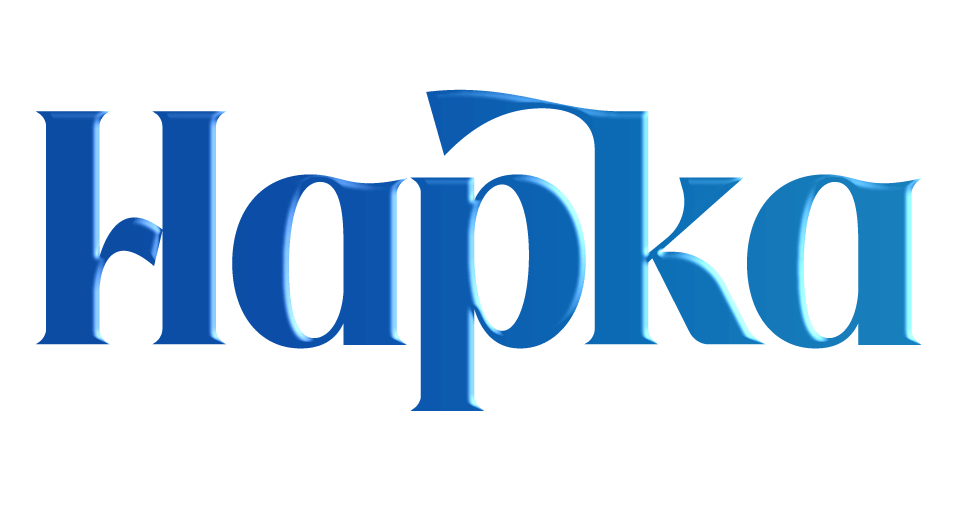
views
How to Do Cossack Squats
Get into a wide stance while holding a dumbbell or kettlebell. Stand up straight with your feet wide, but still in a comfortable position. Ideally, your heels should be around 4 feet apart, toes pointed straight ahead or slightly outward. Then, lift a dumbbell or kettlebell up your chest in a goblet hold (with your palms facing inward toward and the top of the weight nearly at your chin). The weight is there to act as a counterbalance; it’ll help you stay upright and do the full squat without falling backward. If you don’t want to use a weight, hold your arms out in front of you instead as a replacement counterbalance.
Shift your weight until you’re fully squatting on one side. Keep your heels on the ground as you move, shifting and lowering yourself to one side until your squatting leg is fully bent at the ankle and your squatting knee extends out over your toe. Meanwhile, your other leg should be totlly straight, and your upper body should stay upright. Rotate your straightened leg until your toes lift off the ground. This will move some of the stretch from your adductor muscles to your hamstrings! No matter how far you stretch, make sure your heels always touch the ground. When you do a cossack squat, see how much you can move your leg comfortably while keeping your heels planted.
Rise back up into the starting position. After reaching the full squatting position, press down with your bent leg and push up so you can rise back into the original wide-legged standing position. As you rise, rotate your straightened leg until your toes touch the ground again, too. Once you complete a squat, repeat the movements again on your other side (so you’re doing cossack squats for each leg, rather than squatting with the same leg each time).
Adding Cossack Squats to an Exercise Routine
Use cossack squats to warm up. You can use cossack squats to warm up before a workout—but don’t do them first thing. They work best when performed toward the end of a warm-up, after you’ve already done form general exercises. When you’re ready, try 1-2 sets of 5 or 10 squats for each leg.
Add cossack squats to your conditioning circuit. Conditioning circuits are sequences of exercises performed together, without resting in-between them, to build up your endurance. Cossack squats can be an excellent addition to a circuit because they’ll help to boost your mobility, even when tired. If you’re adding cossack squats to a circuit, try doing 2-4 sets of 5 or 10 squats for each leg.
Do cossack squats in light training sessions to boost your mobility. Light-intensity workouts are usually done in-between the more intense strength training days to ensure you get exercise without straining you too much. On a light training day, cossack squats could be your main exercise; try doing 3-4 sets of 5 or 10 squats for each leg, depending on your comfort level and ability. When doing cossack squats for light training, use a light kettlebell or don’t hold any weights at all.
Benefits of Doing Cossack Squats
Cossack squats can increase your range of motion. By working on the mobility in your hips, knees, and ankles, cossack squats can overall help you develop a greater range of motion—as well as flexibility in your hamstrings and adductors. With a greater range of motion, you’re less likely to suffer from injuries to your hamstring or groin, and it’ll be easier to exercise your lower body!
Cossack squats can make your joints and soft tissue more resilient. Adding cossack squats to your exercise routine can stretch your hamstrings and adductors—and by doing them, you’ll get more and more used to stretching those muscles. In turn, your joints will adapt to the movements, giving them more mobility and making your legs less vulnerable to soft tissue injuries.
Cossack squats will build strength in the frontal plane. There are three planes of human movement: the sagittal, frontal, and transverse planes. Cossack squats are done in the frontal plane, whereas many of the most common strength training exercises are done in the sagittal plane. Thus, cossack squats are ideal for developing your mobility and strength in the frontal plane! Movements in the frontal plane are lateral, or side-to-side (like the cossack squat); on the other hand, the sagittal plane is associated with forward and backward motions.
They can help you get used to deeper squat exercises. Basic squats can sometimes be a challenge, especially if you aren’t used to your knees, hips, and ankles stretching that much. Cossack squats can help you get better at those movements, since the lower cossack squat position requires you to flex even more than you would in a regular squat. Isolating one leg at a time can also help you fix any imbalances between your right and left sides, which can improve your performance when exercising and give you a greater range of motion.
What muscles do cossack squats work?
Cossack squats primarily target the muscles in your upper leg and knee. This includes your adductors, hamstrings, quadriceps (quads), and glutes. Here’s how each muscle gets worked while doing cossack squats: Adductors. Your adductors (a group of muscles in your inner thigh) get the most exercise when you squat down and lower your body during cossack squats. The movement can make your adductors—which are important but often neglected—stronger and more flexible! Hamstrings. Your hamstrings are groups of three muscles running down the back of your thigh to your inner knee, and doing cossack squats can lengthen then during each downward movement. Additionally, rotating your foot can further stretch (and strengthen) your hamstrings. Quadriceps. Your quads are the large muscles at the front of your thigh—and in lowest position of a cossack squat, your quads get fully flexed too. They also get a workout as you push up to get back to the starting position. Glutes. Your glutes are groups of muscles in your buttocks. At the bottom of a cossack squat, your glutes get a workout because they have to help your hip extend outward—and this can strengthen your glutes overall.
Who should do cossack squats?
Anyone, including athletes, can benefit from cossack squats. In other words, there’s no specific group of people who are better off doing cossack squats; they can be great exercise whether you work out casually or you’re a professional athlete! After all, mobility is important for everyone, and improved mobility is one of the main benefits associated with cossack squats. More specifically, cossack squats can help strength athletes develop stronger adductors, which in turn can help them do more intense workouts—especially with barbell lifting. Sports athletes can also benefit from cossack squats, since the movement associated with them can help prevent groin pulls (and related injuries).
Variations and Alternative Exercises to the Cossack Squat
Back rack cossack squat This variant is a more strenuous and advanced version of a cossack squat. It involves the same movements as the basic cossack squat; the only difference is that it requires you to hold up a barbell across your shoulders (with weights on it) instead of holding a dumbbell or kettlebell. Back rack cossack squats require heavier weights, so don’t try them until you’re comfortable with basic cossack squats and have some experience using a barbell, too.
Foot-elevated cossack squat Elevate one of your feet on a short step or box to do this exercise. Then, do the same basic cossack squat described above—just with the bent foot elevated so it’s easier to keep your torso elevated. Additionally, do all the squats for one leg before moving on to the next (instead of alternating legs). Try finding a 6-inch box to begin with when doing the foot-elevated cossack squat!
Landmine cossack squat This variant requires a landmine—a piece of equipment that anchors one end of a barbell to the floor. That way, the barbell becomes both an extra weight to intensify the exercise and a counterweight to help you stay upright. To do a landmine cossack squat, simply perform cossack squats while holding the unanchored end of your barbell (rather than a dumbbell).
Lateral squat Lateral squats are also called lunges, and if you’re looking for something a little simpler than a cossack squat, this is a good exercise to try! To do a lateral squat, hold a barbell or dumbbell while doing the same basic movements as a cossack squat, but only bend your knee until your thigh is parallel with the floor. In other words, you’re not bending all the way down—just partially.
Low switch cossack squat When doing a low switch cossack squat, move directly from one side to the other in the squatting position rather than standing up between each squat. This variant exercise requires more mobility from you (to move from one low position to another) and puts more tension on your muscles.
Supported cossack squat For this modified cossack squat, hold onto a support (such as a squat stand or TRX) rather than a dumbbell or kettlebell. This is an ideal exercise if you’re new to cossack squats and your ankle mobility is still limited; it’ll help you rise up from the lowered squat position easier while still stretching and doing the full exercise.




















Comments
0 comment